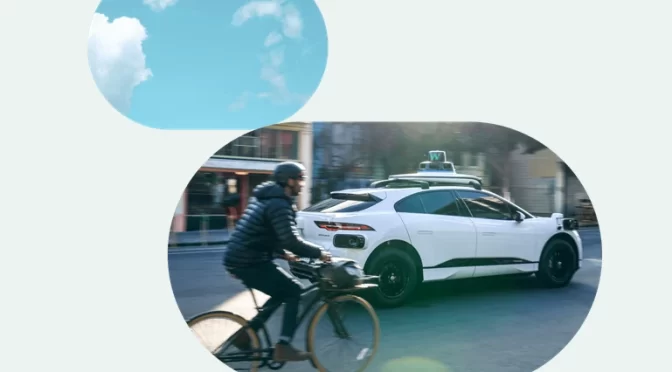
As Quoted, https://pixabay.com/vectors/ride-taxi-gps-map-service-uber-6325906/ , Mohamed_hassan, 01-07-2025
Uber and Lyft Prepare to Launch Robotaxis, Paving the Way for a Driverless Future
Uber and Lyft are gearing up to deploy robotaxis in select U.S. cities this year, signaling a major transformation in urban transportation. The ride-hailing giants are implementing new app features and building the necessary support infrastructure to facilitate the shift. For instance, users will soon be able to use their phones to unlock trunks and locate vehicles via a honking feature. Meanwhile, both companies are training teams to maintain cameras and lidar systems and scouting locations for idling and charging their autonomous fleets.
This move reflects a broader industry trend, with automakers, tech companies, and ride-hailing services betting on autonomous vehicles to lower labor costs, reduce human-error-related accidents, and promote electric vehicle adoption. Companies like Alphabet’s Waymo have already rolled out self-driving electric vehicles in cities like San Francisco, Phoenix, Los Angeles, and Austin, with plans for further expansion in 2024.
Uber and Lyft, which previously aimed to develop their own autonomous technology, pivoted during the pandemic, selling off their costly self-driving projects to focus on profitability. Now, they are partnering with leading autonomous vehicle (AV) companies. Uber is teaming up with Waymo to deploy self-driving Jaguar I-Pace EVs in Austin and Atlanta, while Lyft has partnered with May Mobility, Mobileye, and Nexar for similar initiatives in Atlanta.
To support these fleets, Uber is repurposing partner facilities into robotaxi hubs, outfitted with high-speed internet and charging stations, while Lyft is transforming its Flexdrive vehicle rental locations for similar purposes. These partnerships allow the ride-hailing companies to earn a cut from robotaxi bookings while leveraging their vast customer base to help AV companies scale.
However, significant challenges remain. Issues like public trust, safety, and operational hurdles in adverse weather or complex traffic scenarios loom large. Hostility toward self-driving cars has also surfaced, with reports of vandalism, harassment, and obstruction. For instance, General Motors’ Cruise division suspended operations last year after one of its Chevrolet Bolt EVs dragged a pedestrian in San Francisco.
Critics argue that human drivers are better equipped to handle such dangerous situations. Additionally, weather conditions like snow and heavy rain can impair the visibility of cameras, lidar, and radar systems. Despite these concerns, there are signs of growing acceptance. Waymo reported a surge in ridership, with nearly 500,000 passengers using its service in August 2024—up from just 20,000 a year prior—and over 4 million trips completed in 2024.
The regulatory environment could also shift under the incoming Trump administration. Tesla CEO Elon Musk, now co-chair of the newly formed Department of Government Efficiency, is expected to advise on streamlining approvals for autonomous vehicles. Tesla itself aims to launch its robotaxi service by 2027, adding to the competition.
The second half of the decade will be a critical period for the rollout of driverless technology. As companies and regulators address logistical and safety concerns, the question remains whether future ride-hailing trips will feature a driver behind the wheel—or no driver at all.
Sources:
- Waymo ridership data: The Washington Post
- Cruise robotaxi suspension details: The Verge
- Tesla robotaxi timeline and regulatory expectations: Reuters
Featured Image of Waymo as quoted from https://waymo.com/ , 01-07-2025,
Author, Ryan Bridglal, 01-07-2025
